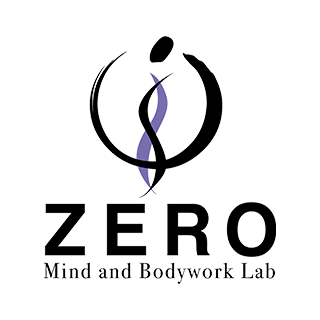Introduction
Hello, I’m Hidefumi Otsuka, offering Rolfing sessions in Shibuya, Tokyo.
From April 8 to 25, 2025, I participated in a three-week (four days per week, Tuesday through Friday, totaling 12 days) Advanced Rolfing Training (AT) held in Ichigaya, Tokyo, organized by the Japan Rolfing Association. The instructors were Ray McCall and Hiroyoshi Tahata.

Summary of AT – A 7-Part Series on “Neutral”
Reflecting on the first half of this Advanced Training, the most profound learning for me was the question: What does it mean to be “neutral” during a session?
To summarize what I’ve taken from the AT, I am writing a seven-part blog series focusing on the theme of “Neutral” under the following titles:
- 1. What is Neutral?
- 2. What is Presence?
- 3. Working with Limitations and Possibilities
- 4. The Relationship Between Energy Work and Body Awareness
- 5. Practicing Right Action
- 6. Listening Touch: The Neutral Way of Touching
- 7. What is Integration?
In this post, I’d like to further explore the relationship between energy work and bodily awareness in Rolfing—drawing on what I learned in the AT.
What Is “Energy Work”?
In the context of Rolfing and bodywork, energy work does not refer to some special technique for manipulating “Qi” or “energy.”
Here, energy work refers to:
- Tuning into subtler layers of information within the body
- Sensing the dynamic field that exists beyond visible anatomical structures like muscle and bone
In other words, it means approaching the session not only by observing fascial restrictions or structural alignment, but by perceiving the body as part of a larger field.
How Energy Work Cultivates Expanded Bodily Awareness
An energy-based approach naturally leads the practitioner toward an expanded form of bodily awareness.
Specifically, it means:
- Expanding one’s awareness outward from the center (Hara) into the entire spatial field
- Sensing the quality of the relational field between oneself and the client
- Listening not just to what’s inside the body, but also to the relationship between body and space
This expanded bodily awareness is what allows for genuine transformation to occur.
The Deep Connection Between Energy Work and Neutrality
When practicing energy work, it is essential that the practitioner remains neutral.
- Trying too hard to make something happen will disturb the field
- Being too disengaged will weaken the connection with the client
The key lies in balance—
A neutral awareness, which means engaging while letting go, is essential.
In this sense, energy work is essentially the practice of attuning to a broader field while remaining in a neutral state.
How to Cultivate Bodily Awareness Through Energy Work
What, then, can we actually do to cultivate this kind of energy-based approach in a session? Here’s what I learned through the AT:
Bring Awareness to the Hara
The Hara is the energetic and structural center of the body. Begin by centering your awareness there, and from that grounded place, gently open to what’s around you.
Sense the Back Space
When our awareness is only directed forward, our perception becomes narrow. By consciously sensing the back space, we develop a deeper, more three-dimensional bodily awareness.
Tune into the Field
Listen not just to the client’s skin or fascia, but to the field that surrounds them. Sometimes you can perceive extremely subtle shifts—emerging directional forces or changes in the quality of space itself.
Energy Work Is the Art of Listening
The essence of energy work, I believe, lies not in “doing,” but in “listening.”
- Listening to what the client’s body is trying to communicate
- Noticing where there are open spaces and where limitations exist
- Sensing what kinds of possibilities are beginning to take form
All of this is done within a neutral presence—quietly and respectfully. And in doing so, it feels as though the practitioner’s own inner field is also being gently re-aligned.
Summary
- Energy work is the practice of perceiving the body and its surrounding space as a unified field
- This process cultivates an expanded bodily awareness within the practitioner
- A neutral presence is essential for engaging in energy work
- At its core, energy work is not about “doing,” but about listening
Ultimately, energy work is not only a process that supports the client’s transformation—
It is also a path by which the practitioner themselves becomes more open, spacious, and free.

